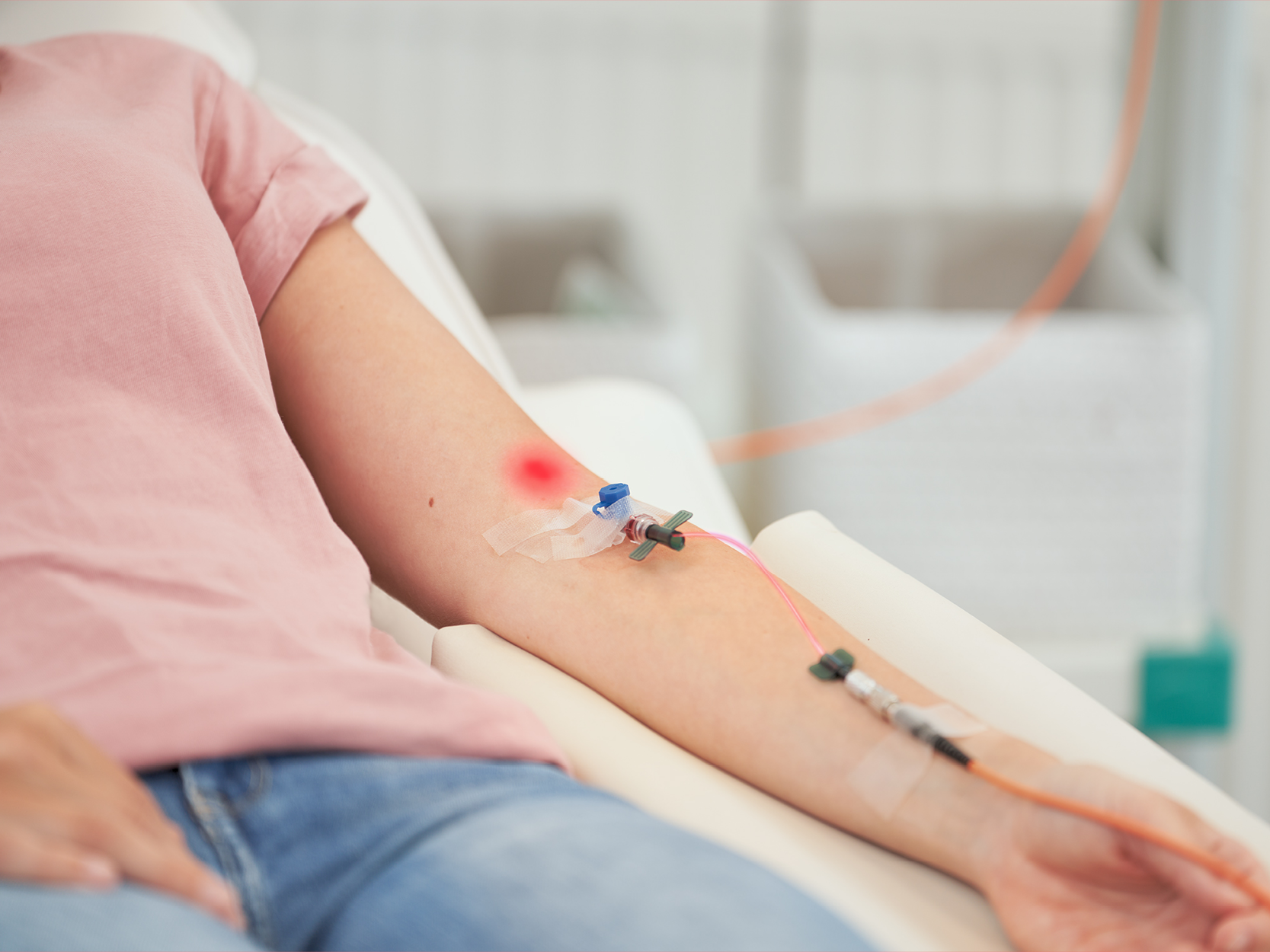
Intravenous Laser Therapy
Blood irradiation / Photodynamic therapy
(PDT)
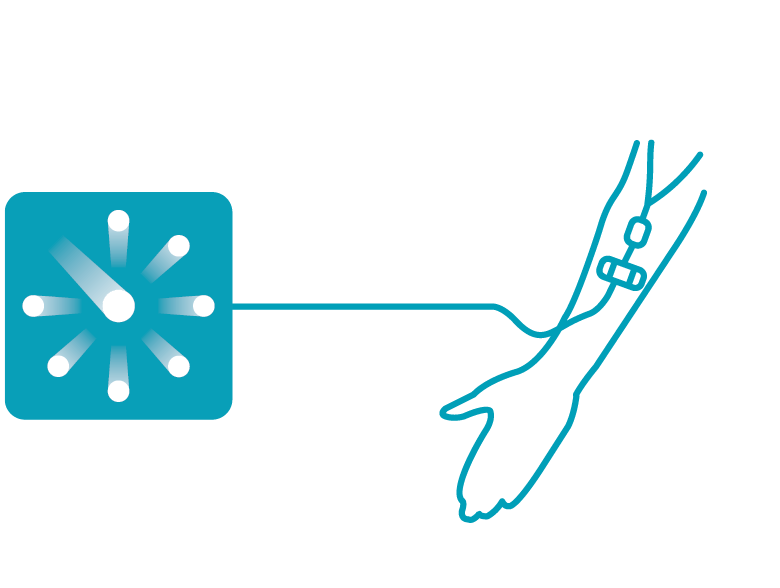

Intravenous Laser Therapy
Intravenous Laser Therapy
Intravenous laser therapy is considered an innovative medical procedure in which light of a specific wavelength is delivered directly into the bloodstream – a method also known as “blood irradiation.” This is achieved through a fine optical fiber that is inserted into a vein, typically in the crook of the arm or forearm. The therapy aims to stimulate biochemical processes at the cellular level and to support the body’s natural healing mechanisms.
Duration of a session: 20 to 60 minutes
Number of sessions: Varies depending on
the condition, typically 5–10
Frequency: Daily or with gaps of up to 7 days
Indications
- (Chronic) pain
- (Chronic) infections
- Diabetes mellitus
- Hypertension and circulatory disorders
- Lipid metabolism disorders
- Fibromyalgia
- Rheumatic diseases
- (Chronic) pain
- (Chronic) infections
- Diabetes mellitus
- Hypertension and circulatory disorders
- Lipid metabolism disorders
- Fibromyalgia
- Rheumatic diseases
- Autoimmune conditions
- Allergies and eczema
- Depression and burnout
- Panic attacks and anxiety disorders
- Performance enhancement in sports
- Autoimmune conditions
- Allergies and eczema
- Depression and burnout
- Panic attacks and anxiety disorders
- Performance enhancement in sports
This approach is also integrated into preventive medicine, where it aims to fortify the immune system and support overall vitality. Its potential applications in longevity, anti-aging, and Long COVID are currently attracting significant interest.
An innovative approach to enhancing quality of life
Transcutaneous laser applications are limited in their ability to deliver sufficient energy to deeper tissues, as the skin acts as a natural barrier. Most wavelengths are absorbed in the upper layers and fail to penetrate to a therapeutically relevant depth. Intravenous laser therapy (also referred to as blood irradiation) addresses this limitation by introducing a fiber-optic light guide (Weberneedle® Lasercath) directly into the vascular system. This allows direct irradiation of circulating blood, enabling systemic effects at the cellular and biochemical levels.
Which wavelengths are used in intravenous laser therapy?
The full spectrum of therapeutic laser wavelengths can be utilized depending on the clinical indication. Each wavelength penetrates tissue differently and interacts with specific cellular components, allowing for tailored therapeutic strategies across a range of conditions.
Ultraviolet
370
nm
Blue
405/447
nm
Green
532
nm
Yellow
589
nm
Red
635/658
nm
Infrared
810
nm
Ultraviolet
370
nm
Blue
405/447
nm
Green
532
nm
Yellow
589
nm
Red
635/658
nm
Infrared
810
nm
Integrating infusions with laser treatment
Photodynamic therapy (PDT) enables the activation of photosensitive agents, known as photosensitizers, deep within the body. These substances are administered intravenously and accumulate in the bloodstream before being activated by laser light of a specific wavelength. This opens up a wide range of additional applications.
Learn more
The infusion does not necessarily need to contain photosensitive agents. Many practitioners attest to the enhanced benefits of combining high-dose substances with the power of laser light.
In the lifestyle and longevity sector, this often involves vitamin cocktails or NAD+. In treating chronic conditions and inflammatory diseases, natural compounds like curcumin, Boswellia, or artesunate are frequently used. The combination of infusion and laser therapy offers a powerful synergistic effect.
We are happy to advise you on complementary infusion therapies.
Get in touch!
The Weberneedle® two-way or Y-cannula simplifies this procedure by allowing simultaneous laser irradiation and infusion through a single venous access. This minimizes patient discomfort by reducing the number of punctures.
Accessories
Weber Medical offers specially designed sterile fiber-optic light guides (Weberneedle® Lasercath) along with compatible puncture needles for invasive therapies, which connect securely to the laser module via a Luer-Lock adapter. For venous access, the Weberneedle® Butterfly, Weberneedle® plastic cannula, or Weberneedle® Y-cannula are used.

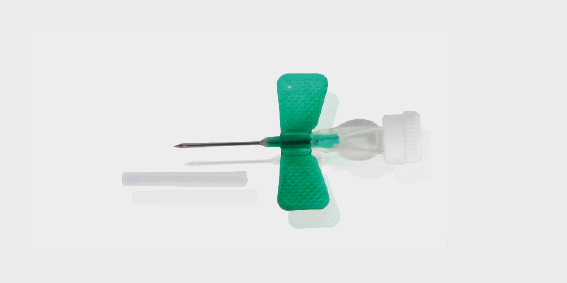
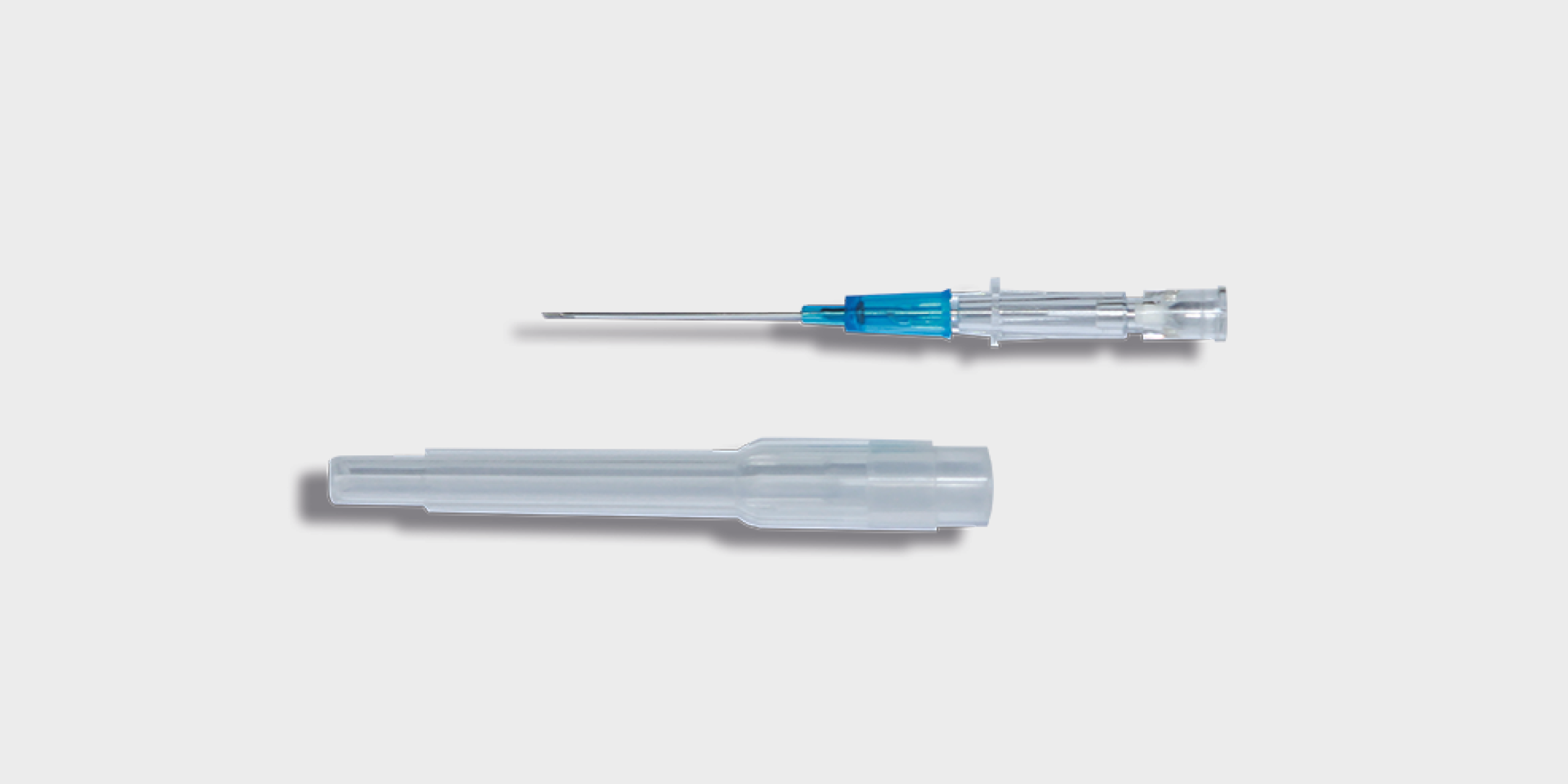
Plastic cannula
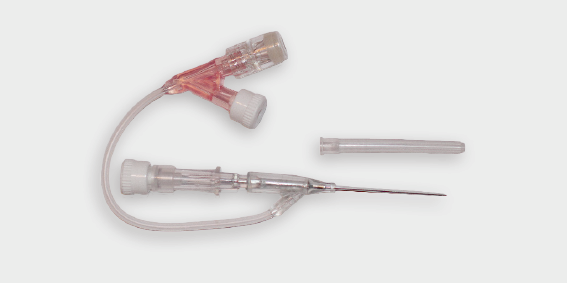
Y-cannula
Application
Intravenous laser blood irradiation with the Weberneedle® Endolaser
How exactly does the light enter the bloodstream, and how do blood cells respond?
Dr. Michael Weber showcases intravenous laser therapy with the Weberneedle® Endolaser.
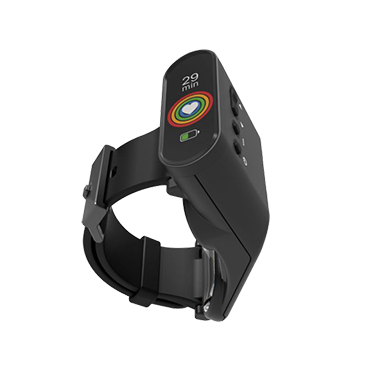
From the home use product line
The EndoLight® Band brings flexibility to your therapy, making it easy to continue your treatment comfortably at home. Maintain and enhance your results with a simple, convenient solution designed for everyday use.
Other laser therapies
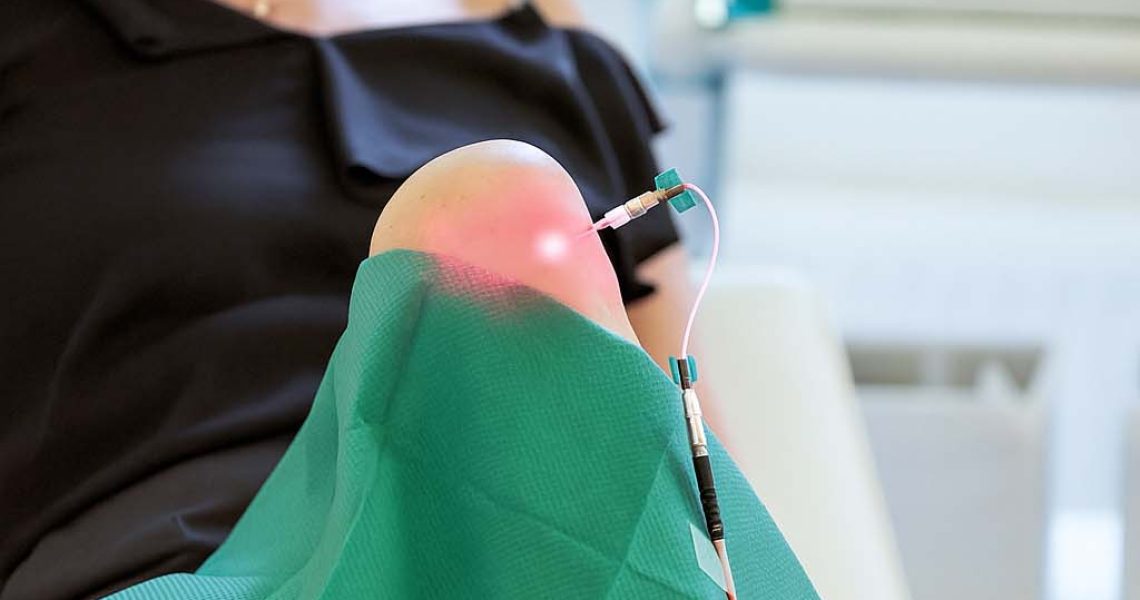
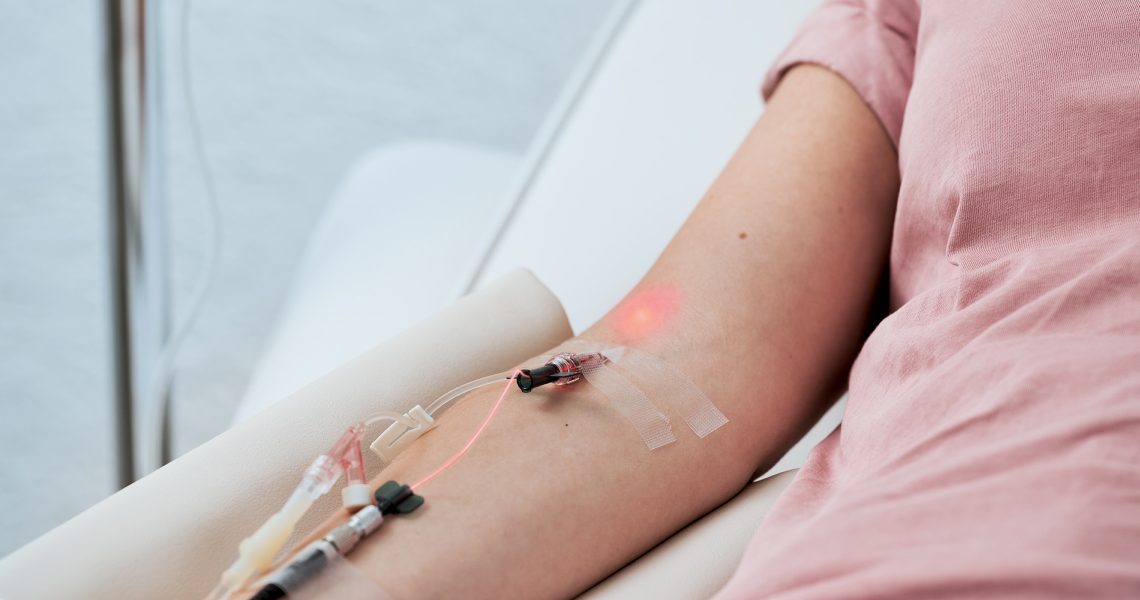
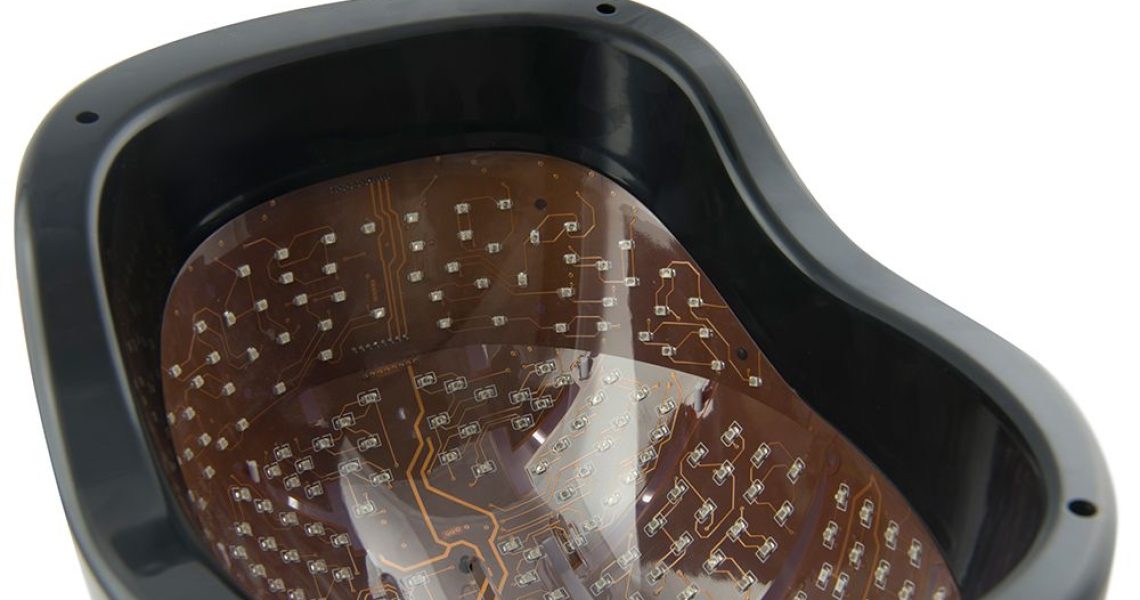
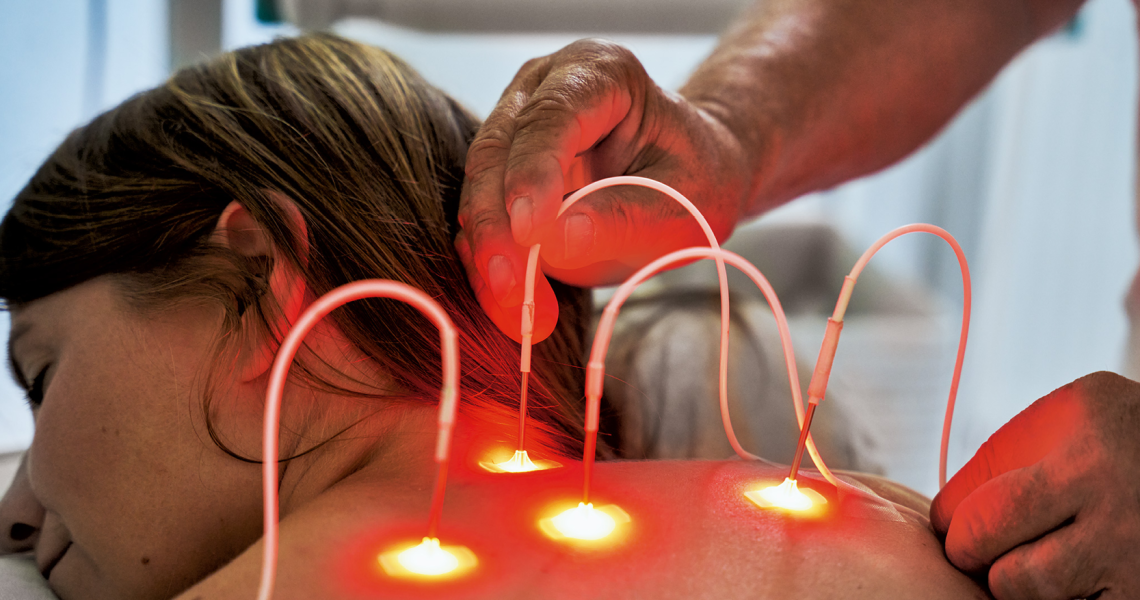
For Clinics
Weber Medical GmbH
Tel: +49 5273 367 780
Fax: +49 5273 367 7819
info@webermedical.com
For Home Use
Weber Medical Systems GmbH
Tel: +49 5273 389 4506
info@wmedicalsystems.com
Shop: wmedicalsystems.com
© 2025 All Rights Reserved.
